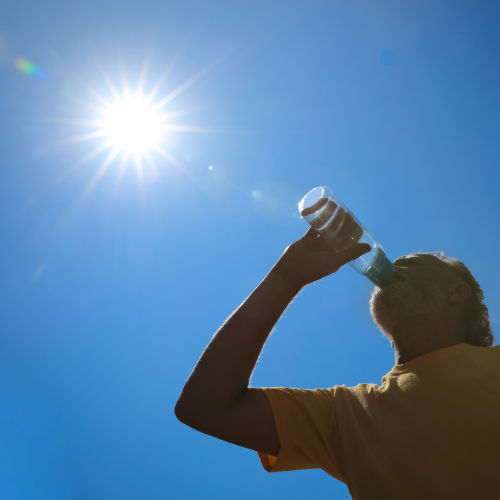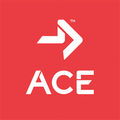|
Key Takeaways The Heat Index has long been used to estimate how the combination of heat and humidity feels, but it is not the best way to understand how heat impacts health. In this Q&A, we explore a more practical and evidence-based tool called the wet-bulb globe temperature, which may be a better way to predict heat stress and the risk of heat-related illness. Be sure to check out the video linked at the end of the blog, which dives deeper into this important topic and offers practical guidelines that exercise professionals can put into practice to better serve their clients during the summer months. |
 |
W. Larry Kenney, PhD, is the Marie Underhill Noll Chair in Human Performance and Professor of Physiology and Kinesiology at The Pennsylvania State University. Dr. Kenney received the Honor Award from both the American College of Sports Medicine and the American Physiological Society for his research contributions and has published multiple editions of two books, 300 journal articles and dozens of book chapters on the topics of human responses to exercise, heat and cold stress, and dehydration, as well as the biophysics of heat exchange between humans and the environment. Dr. Kenney is the primary author of Physiology of Sport and Exercise, a best-selling textbook in exercise physiology now in its 9th edition; it has been translated into 14 languages. Dr. Kenney is also a member of the ACE Scientific Advisory Panel. |
In the video linked below, you discuss heat stress. Can you tell us a little bit about what that term means and what happens to the human body when it can no longer compensate for increasing temperatures?
Humans are not very efficient machines when we exercise, so we produce a lot of heat from muscle contraction. When the environment is hot, we can gain additional heat or not be able to lose body heat if the humidity is high (less sweat evaporates). In many combinations of high temperature and humidity, we’re capable of balancing heat production and gain with heat loss, and core temperature remains relatively stable (“compensable heat stress”); however, above those environmental limits, core temperature will continue to rise (“uncompensable heat stress”) and exercise will be limited. If that situation is prolonged, the risk of heat illness increases.
You also explain the shortcomings of the Heat Index and the need for a better system with real-time warnings based on evidence of how heat impacts health. What do you think that would look like and how soon might that kind of system be available?
The Heat Index was designed by the National Weather Service to give a number to how hot it feels when humidity is added to temperature. The key word is “feels.” That may not be a measure of the true impact of the heat on the human body. The Heat Index does a good job of estimating the impact of heat stress on young, healthy men and women at rest. The relation between perception of the environment and its true impact physiologically breaks down, however, when we start to exercise or for more vulnerable populations like the elderly.
One measure that combines the impact of heat and humidity (and solar radiation from sunlight, as well) on the body is wet-bulb globe temperature (WBGT). WBGT is used by organizations like the military, industry and athletic events to monitor heat stress and take appropriate actions to protect participants.
How can health coaches and exercise professionals better serve their clients when it comes to educating them about the dangers of heat stress, especially when leading exercise sessions outdoors during the summer months?
Education is key. Important topics to discuss with clients before outdoor exercise in the hot summer months include the importance of heat acclimation (slowly building up tolerance to exercise in the heat), hydration and recognizing the signs and symptoms of heat illness.

 |
Check out the article below, which features a CBS news video on Dr. Kenney’s work, to learn more about heat stress and the efforts being made to develop a better warning system that is evidence-based and focuses on practical guidance on what seniors and other vulnerable populations can do to better protect themselves from the heat. |
| Heat Stress Can Turn Deadly Even Sooner Than Experts Thought. Are New Warnings Needed? |




 by
by 









 by
by